By Blaine Taylor
On June 24, 1937, German Minister of War Field Marshal Werner von Blomberg issued a directive marked Top Secret with only four copies to be made, the first for himself and the other three for the heads of the armed forces of the Third Reich.
Stated the minister and Wehrmacht commander in chief, “The general political situation justifies that Germany need not consider an attack from any side. Nevertheless, the politically fluid world situation—which does not preclude surprising incidents—demands constant preparedness for war on the part of the German Armed Forces … to make possible the military exploitation of politically favorable opportunities should they occur. Preparations of the Armed Forces for a possible war in the mobilization period 1937-38 must be made with this in mind.”
The field marshal added that he foresaw two possibilities of war, however distant they might be: “(1) War on two fronts with the main struggle in the west (Strategic Concentration Red), and (2) War on two fronts with the main struggle in the southeast (SC Green).” The first might be a surprise attack from Republican France, alarmed at the rapid pace of German rearmament, and the second was a Nazi surprise attack against Czechoslovakia, the polyglot state created after World War I by the Allied-dictated Treaty of Versailles in 1919.
Finally, there were a trio of additional cases in which “special preparations” were to be made: “(1) Armed intervention against Austria (Special Case Otto), (2) Warlike complications with Red Spain (SC Richard), (3) England, Poland, Lithuania take part in a war against us (Extension of Red and Green).”
The Hossbach Memorandum: Minutes of a Secret Meeting
Behind the scenes, there was a severe shortage of iron and steel in the German prewar economy, with a personal struggle also going on between two of the Third Reich’s most powerful men, Reichs Bank President Dr. Hjalmar Schacht and the head of the Four-Year Economic Plan to prepare Nazi Germany for war, Prime Minister of Prussia and German Aviation Minister Colonel General Hermann Göring, who was also commander in chief of the new German Luftwaffe.
According to Lt. Col. Verner R. Carlson, U.S. Army (Ret.) in his paper, The Hossbach Memorandum, “Early in 1937, when the three services—the Army, Navy, and Luftwaffe—were ordered to cut back their arms budgets, the order was met by a storm of protests. Göring exploited his position with Hitler and ran roughshod over the other services by ‘stealing’ critical materials for building the Luftwaffe.”
These, then, were the circumstances at the time of the conference called by von Blomberg at the Old German Reich Chancellery in Berlin on the afternoon of November 5, 1937, for what Colonel Verner calls “an unprecedented secret meeting…. It was not a cabinet meeting. The subject was considered ‘far too important.’”
The meeting began at 4:15 pm and ended more than four hours later, according to the man who was there and took down the minutes, writing his report five days later. His name was Colonel Friedrich Hossbach, who on August 3, 1934, had become the personal Army adjutant of the Führer, while at the same time being division chief in the Army Personnel Office.
The document that he produced has become known, therefore, as the Hossbach Memorandum, and the meeting that it covered has come down in the history of World War II as the Hossbach Conference. The meeting and its document were later to be at the core of the conspiracy charges against the Nazi High Command at the subsequent Allied International Military Tribunal at Nuremberg following the end of World War II.
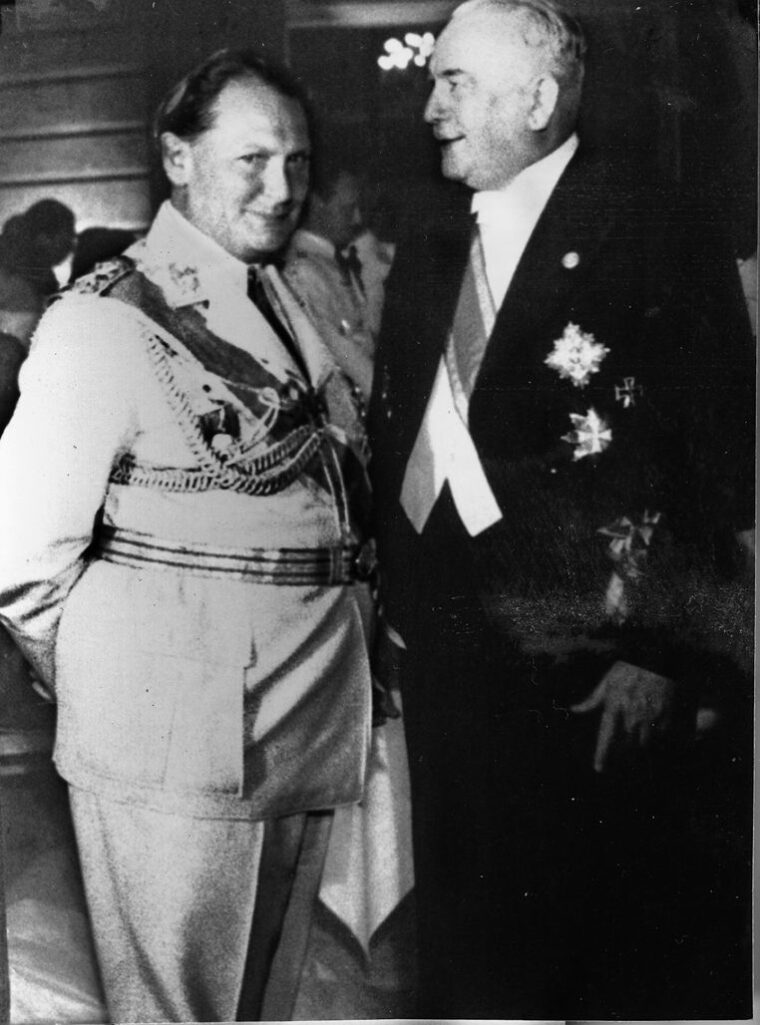
According to the late Brig. Gen. Telford Taylor, an author and former U.S. prosecutor at Nuremberg, “Hossbach’s life as Hitler’s aide was constantly troubled by the tensions among Blomberg, [Army commander in chief Colonel General Werner von] Fritsch, and Göring.”
But now, on the cold, dark afternoon of November 5, the 43-year-old Colonel Hossbach found himself in the catbird seat at an extremely important historical moment. Each of the service commanders and the war minister himself had brought their personal aides, as well as von Blomberg’s dozen economics and munitions experts, to the meeting. Hitler excluded them all, as well as his own five adjutants, and thus they spent the entire conference cooling their heels in adjoining rooms.
As noted five days later by Hossbach, the conferees present were the Führer; War Minister von Blomberg; von Fritsch; Göring; Grand Admiral Erich Raeder, commander in chief of the Navy; and the Reich’s foreign minister, Baron Konstantin von Neurath, who had no idea why he had been summoned; and Colonel Hossbach.
In his own 1960 memoirs, Admiral Raeder recalled, “Just before the conference, Göring had told me that the real object of the speech Hitler was going to make was to spur the Army to greater speed in rearming, and after the speech I was convinced that this was so.”
If Foreign Minister Neurath was mystified by his own presence at the meeting, even more mysterious was the absence of the one man who should have been there, Dr. Schacht. However, only four days before the meeting Schacht had refused to appear at his office any longer because of the ongoing disputes with Göring, leading Reich Chancellery State Secretary Dr. Hans Heinrich Lammers to complain on November 1, “It is always difficult for the Führer to arrive at decisions in personnel matters. He always hoped that the problems would solve themselves. A settlement [regarding Schacht] had therefore not yet occurred, because the Führer will not yet agree to the appointment of only a State Secretary, but would, rather, like to name a Minister….”
In other words, the Führer had decided, in principle, to fire Dr. Schacht, but had not yet determined who his replacement would be. Ultimately, the post would go to Dr. Walther Funk, a protege of Nazi Propaganda Minister Dr. Josef Goebbels.
Assessing German Autarchy: The Nazi Metric of Success
Basically, as agreed by all accounts, the meeting of November 5, 1937, began with a two-hour recitation by Hitler on what he saw as the situation in Nazi Germany after the end of his first four and a half years in office as Reich Chancellor followed by his proposals for what he planned to do on the foreign scene in the next few years. Again, as all accounts agree, the service chiefs except for Göring and the shocked foreign minister opposed these stated goals for the rest of the meeting.
Following the standard “Party narrative” that preceded all of his prewar and wartime speeches detailing what both he as Führer, and the Nazi Part in general, had accomplished for Germany thus far, Hitler launched into the economic segment of his talk, the supposed reason for the calling of the meeting in the first place. He started with the topic of economic autarchy, or independence, to offset the expected British naval blockade of the next war like the one that had so constricted Imperial Germany in World War I.
To quote the actual Hossbach Memorandum: “In the field of raw materials only limited, not total, autarchy. In regard to coal, so far as it could be considered as a source of raw materials, autarchy was possible, but even as regards ores, the position was much more difficult. Iron requirements can be met from home resources, and similarly with light metals, but with other raw materials—copper, tin—this was not the case. Synthetic textile requirements can be met from home resources to the limit of timber supplies. A permanent solution impossible. Edible fats—possible.”
Hitler continued, “In the field of food, the question of autarchy was to be answered by a flat ‘no.’”
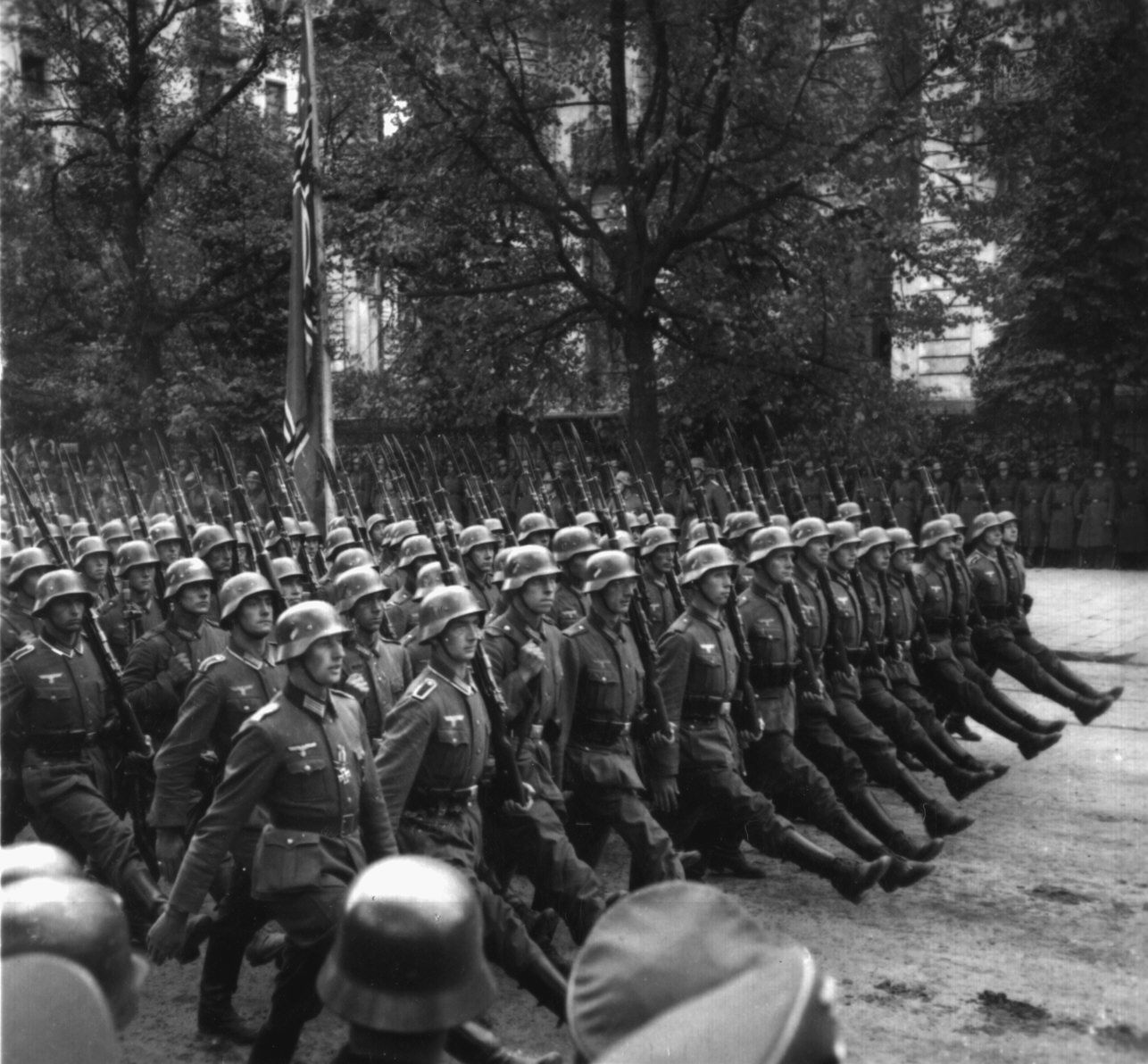
Over the years, almost all writers have criticized Hitler’s abilities as a military leader without giving due weight to the spheres of political leadership and the economic concerns of a modern state as shown in the preceding speech. Then, for him, there was the explosive issue of the Reich’s population growth and the limited territorial space in which to put it during the decades of the 1940s and 1950s.
“The possibility of a disaster grew in proportion to the increases in bread consumption, since a child was a greater bread consumer than an adult,” one observer reasoned.
Expanding Germany’s Lebensraum Through Force
In summation, Hitler told his listeners that Germany needed living space (or Lebensraum) to absorb this prewar “baby boom,” and the question was where to find it? He quickly answered his own question: since Great Britain had effectively rejected a continental alliance with the Reich against the Soviet Union and also had refused her colonial demands, the requisite territory would have to be found in the East, the lands of the Soviet Union, as he had written in his 1925 book, Mein Kampf.
He told the assembly that he needed to prepare the way for the great war of conquest with the Soviet Union through a series of “small wars,” if need be, with Austria, Czechoslovakia, and Poland. As for the latter, he had offered the late Polish First Marshal Josef Pilsudski a military alliance in 1934 to jointly invade Joseph Stalin’s domains, only to be rejected gruffly by the old marshal. In 1939, therefore, Hitler invaded Poland first instead.
He hoped, he told his thoroughly bewildered listeners, Nazi Germany could acquire Austria and Czechoslovakia by diplomacy, but if not, he was prepared to go to war against both Britain and France if they intervened against him.
Noted Colonel Verner in his summation of the Memorandum, “The salient question for Germany was: where and how could it ‘achieve the greatest gain at lowest cost?’” Germany’s current arms would be obsolete by 1943-1945, and therefore she must strike prior to that time or lose the war.
Objections to Hitler’s War Plans
Hitler’s listeners were aghast. They did not raise moral arguments, however, to invading neutral countries in peacetime, but questioned instead Germany’s strength to wage a second war on two fronts. The two-front strategy had contributed to the German defeat in World War I, and all those assembled were veterans of that great conflict.
Göring, who knew Hitler’s thoughts well enough on the subject, only suggested that, perhaps, in light of the Führer’s statements, Nazi Germany should wind down her clandestine involvement in aiding Nationalist General Francisco Franco’s forces in the Spanish Civil War, to which Hitler replied that this was not yet necessary.
Since the timetable for war hardly affected his navy, Admiral Raeder said little in response. It was the two soldiers present, von Blomberg and von Fritsch, who objected to the coming program of aggression most vehemently. In their view, Germany was simply not ready for a general war with either France or England, and behind them the far-flung, mighty British Empire and eventually the United States. Then there was the vastness of Stalin’s Russia, which von Blomberg had seen firsthand in the 1920s while training the clandestine German Army on Russian soil with Red Army help.
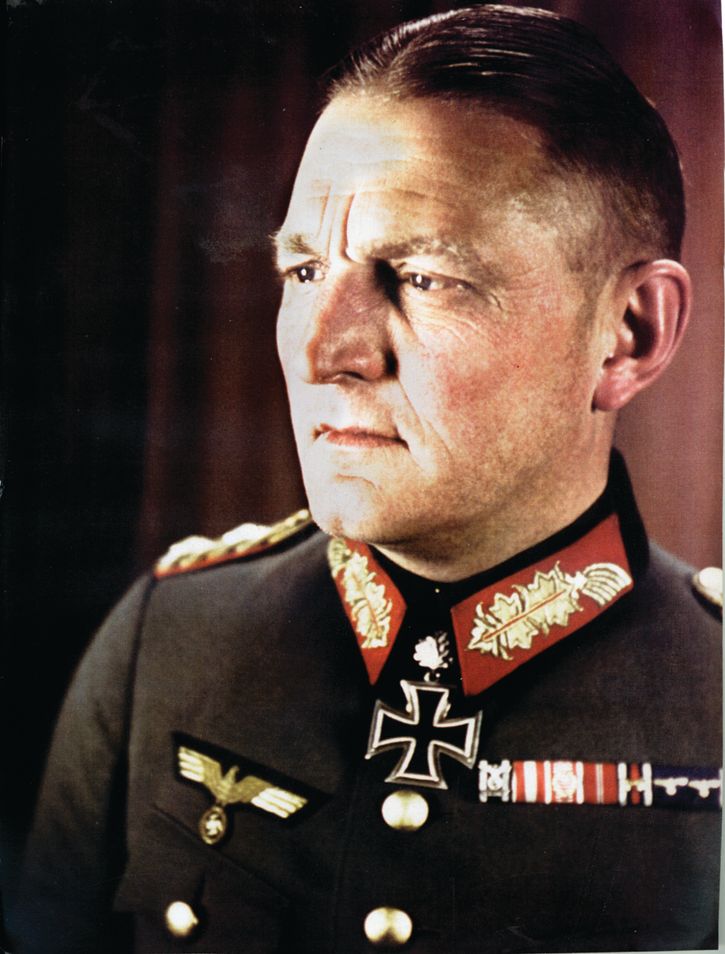
The foreign minister, too, was astounded at the prospect of his thus-far peaceful policy with the rest of Europe being torn to shreds in favor of “small wars” of aggression that he was convinced, rightly as it turned out, would lead to a far greater one.
The two soldiers made their criticisms of Göring, not Hitler, but in this way nonetheless got their jointly held viewpoint across. Privately, the Führer was seething with rage. He had not rebuilt the German armed forces from scratch starting in 1933 without the intent to use them in opportune moments. Ironically, Göring agreed in secret with the two Army generals, who were his rivals for power, but kept his views to himself since he wanted to retain his position in the Nazi state. Göring realized he could only maintain that position at the Führer’s side, not opposed to him.
Later, Hossbach would write in his postwar memoirs, “I do remember exactly that the sharpness of the opposition both in content and form did not fail to make its impression on Hitler, as I could see from his changing expression. Every detail of the conduct of Blomberg and Fritsch must have made plain to Hitler that his policies had met with cold, impersonal contradiction, instead of applause and agreement.”
The meeting broke up on this note. As Raeder later recalled, “On the way out of the room, von Blomberg assured me once more that the whole thing was not meant seriously. Anyway, I did not feel at all that our foreign policy was to be changed.”
They were both wrong, as von Neurath, who suffered a series of heart attacks, knew. He submitted his resignation as foreign minister, which was not accepted until the following February, when Hitler also accepted the forced resignations of both his war minister and Army commander in chief. Both von Blomberg and von Fritsch were the victims of trumped-up sex scandal charges.
The Hossbach Memorandum Plans Come to Fruition
Following those events, Hitler took over von Blomberg’s post himself and named Göring as the Reich’s sole field marshal. The German ambassador to London, former champagne salesman Joachim von Ribbentrop, succeeded von Neurath as foreign minister.
Thereafter, the near bloodless conquests of both Austria and Czechoslovakia took place, roughly as outlined in the Hossbach Memorandum, leading the American prosecution team at Nuremberg to claim that it was the key document in its assertion that there had been a grand Nazi conspiracy to launch World War II dating from November 5, 1937.
Both General Taylor and Dean Acheson of the U.S. State Department were involved in this effort, and yet it evolved that the original Hossbach Memorandum could not be found, only a microfilmed copy. Historian Bradley F. Smith noted in 1975, “It is unfortunate that the original Hossbach record has not yet come to the surface; it may well still lie in the U.S. National Archives, quietly entombed by the security restrictions that apply to Supreme Headquarters Allied Expeditionary Force (SHAEF) records.”
A major question immediately arises. Was, then, the basic premise of the International Military Tribunal prosecution at Nuremberg that a conspiracy to commit aggression among the defendants on trial grounded on a false, doctored, or even missing document? Smith denied this; during their defense at Nuremberg both Göring and Raeder testified against the notion that the Hossbach Conference was a grand blueprint for an eventual war as the prosecution alleged, but was only Hitler’s stratagem to force von Fritsch to move quicker on rearmament.
In any event, both of these formerly high-ranking Nazis considered the trial nothing more than “victors’ justice” and knew they would be convicted. Indeed, as Göring told one of his two U.S. Army psychiatrists at Nuremberg before the verdict had even been handed down, “I know I shall hang; you know I shall hang.”
Was the Hossbach Conference and its subsequent Memorandum in fact Hitler’s blueprint for the eventual war that he actually waged? Certainly the Allied prosecutors may have been justified in thinking so.
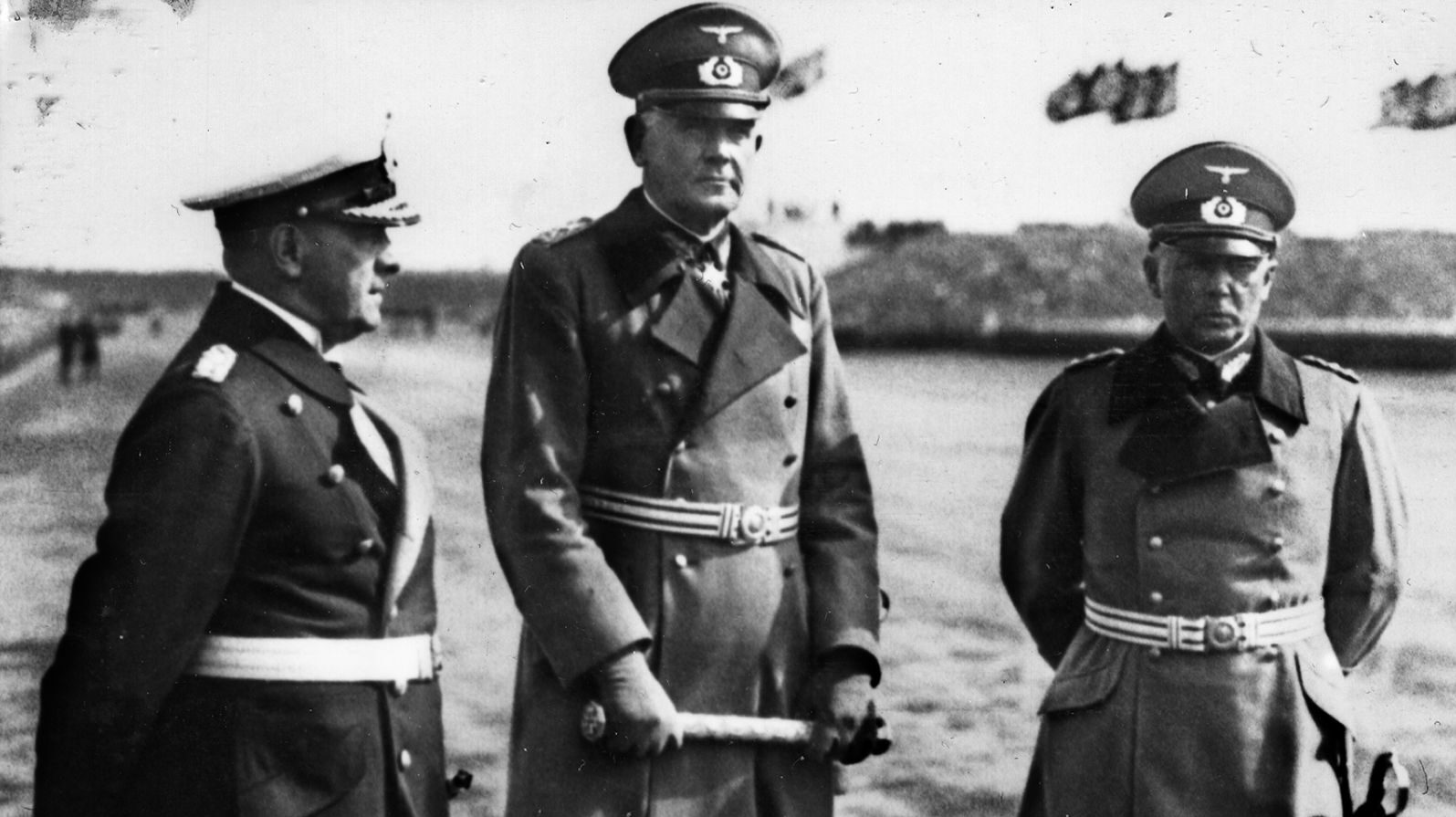
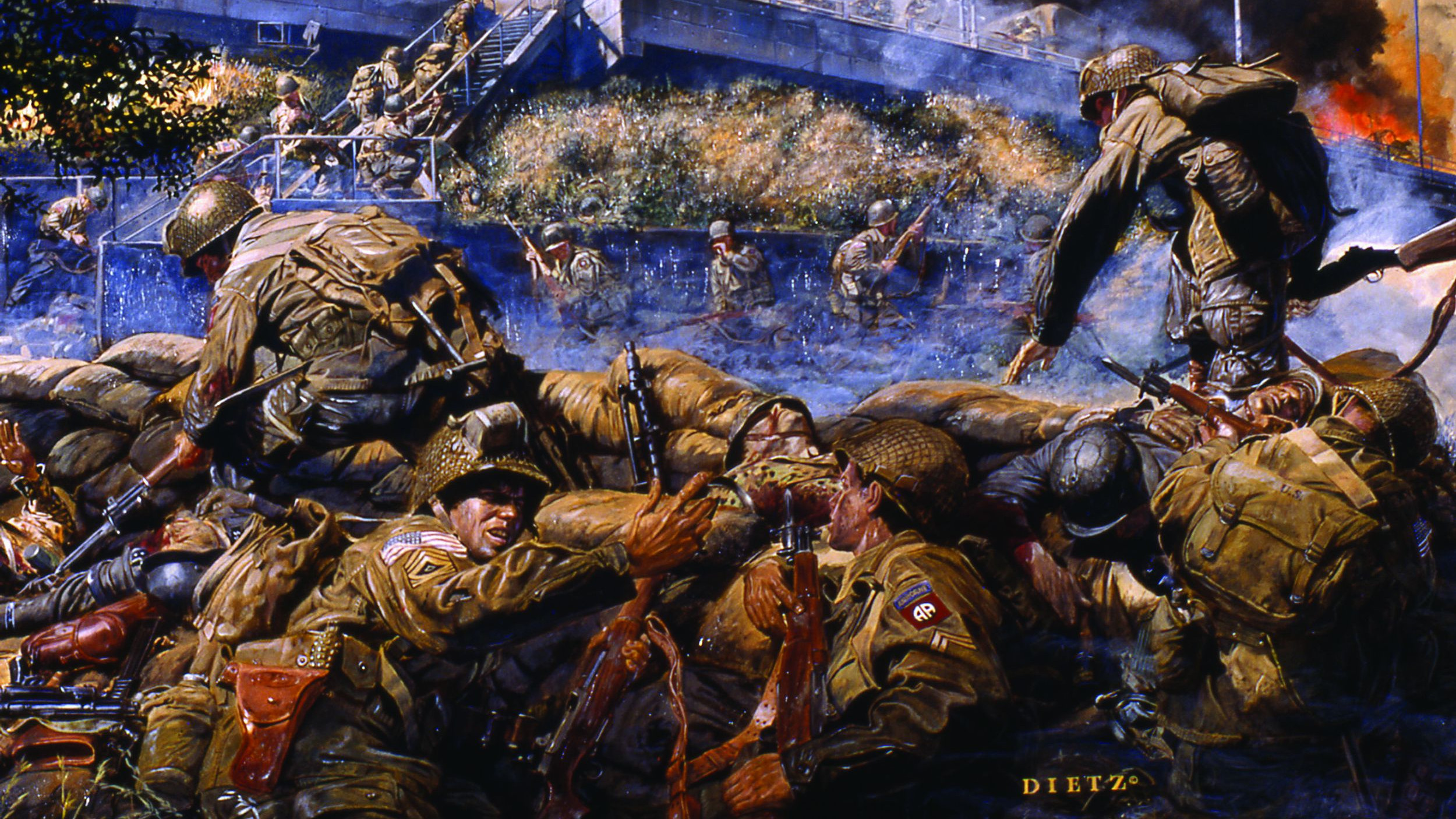
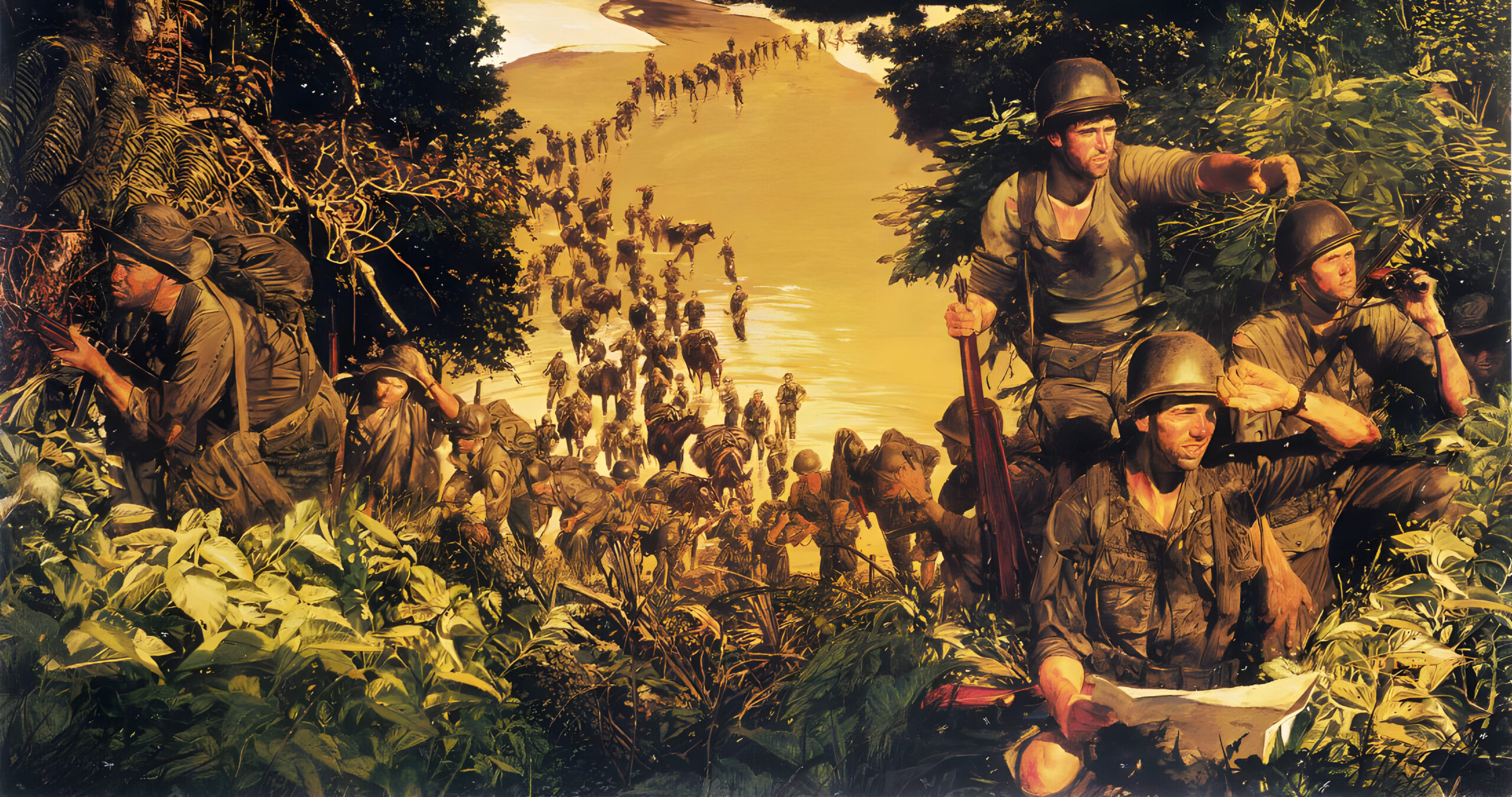
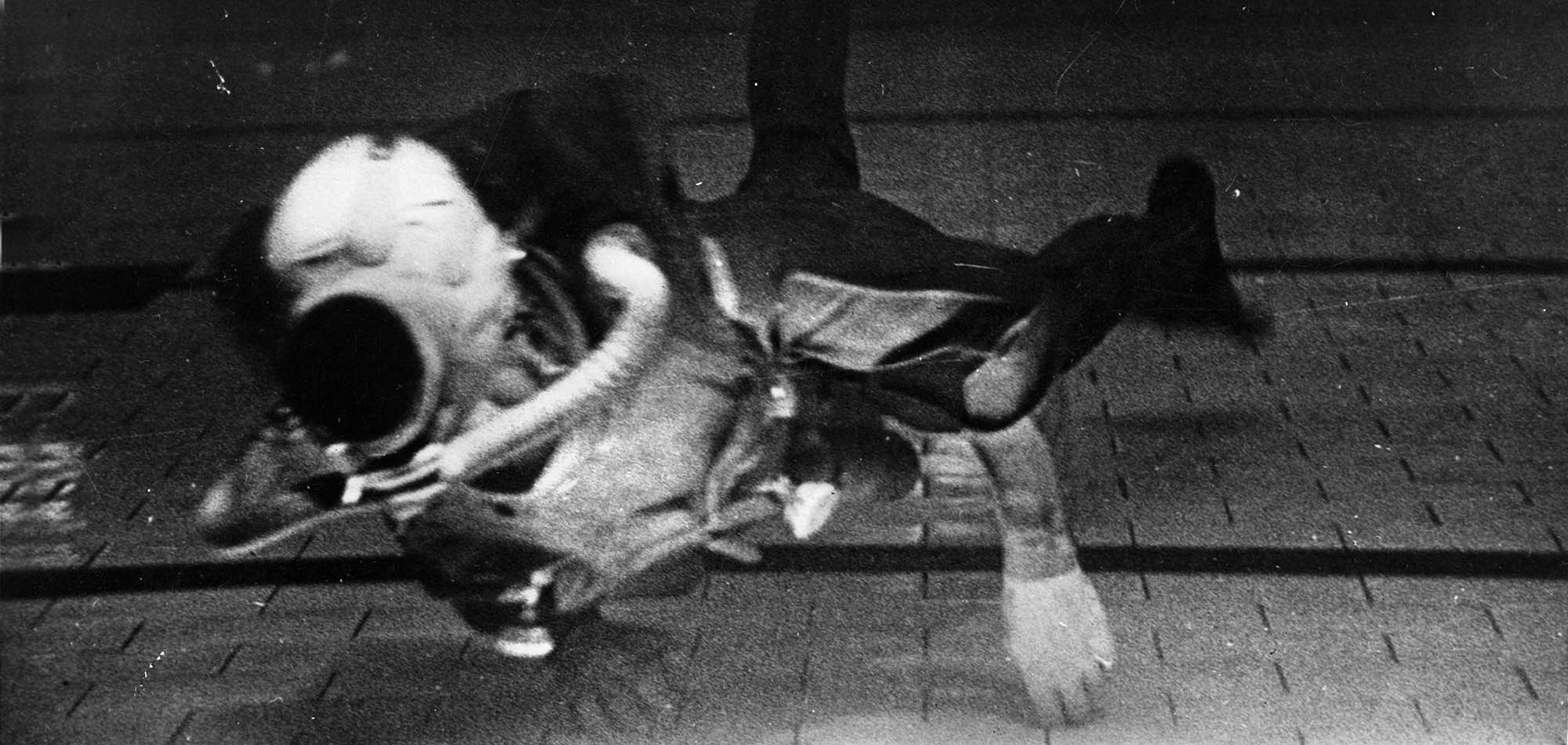
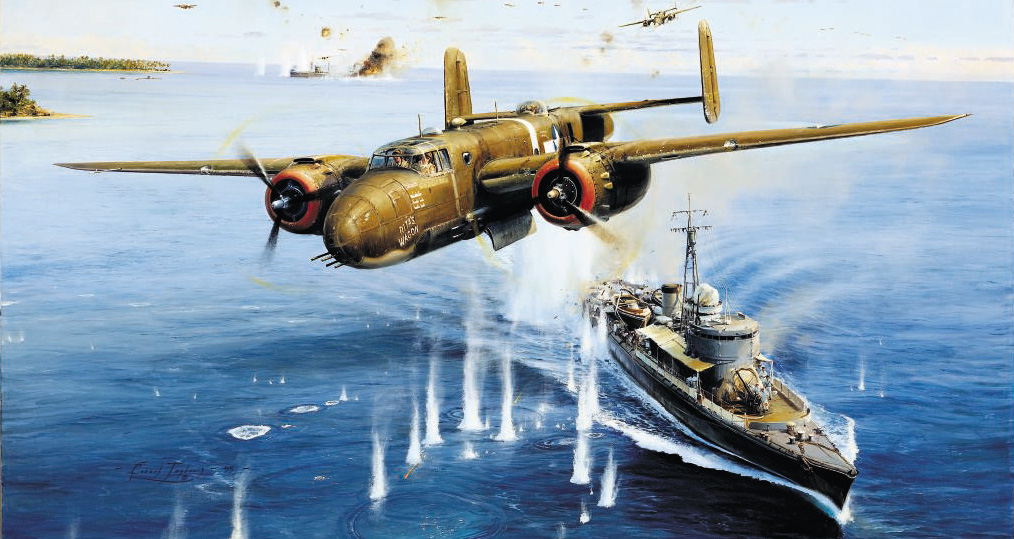
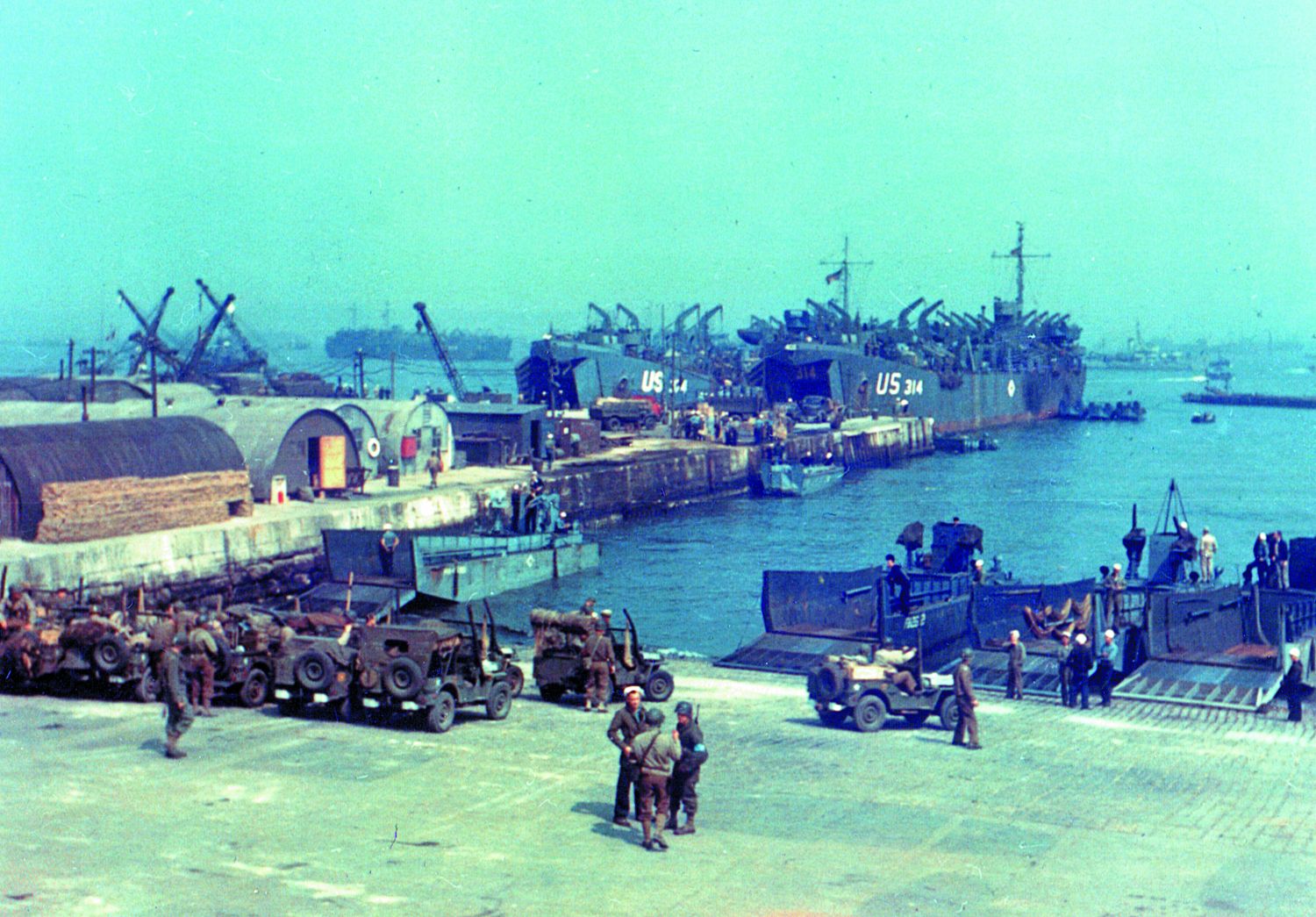
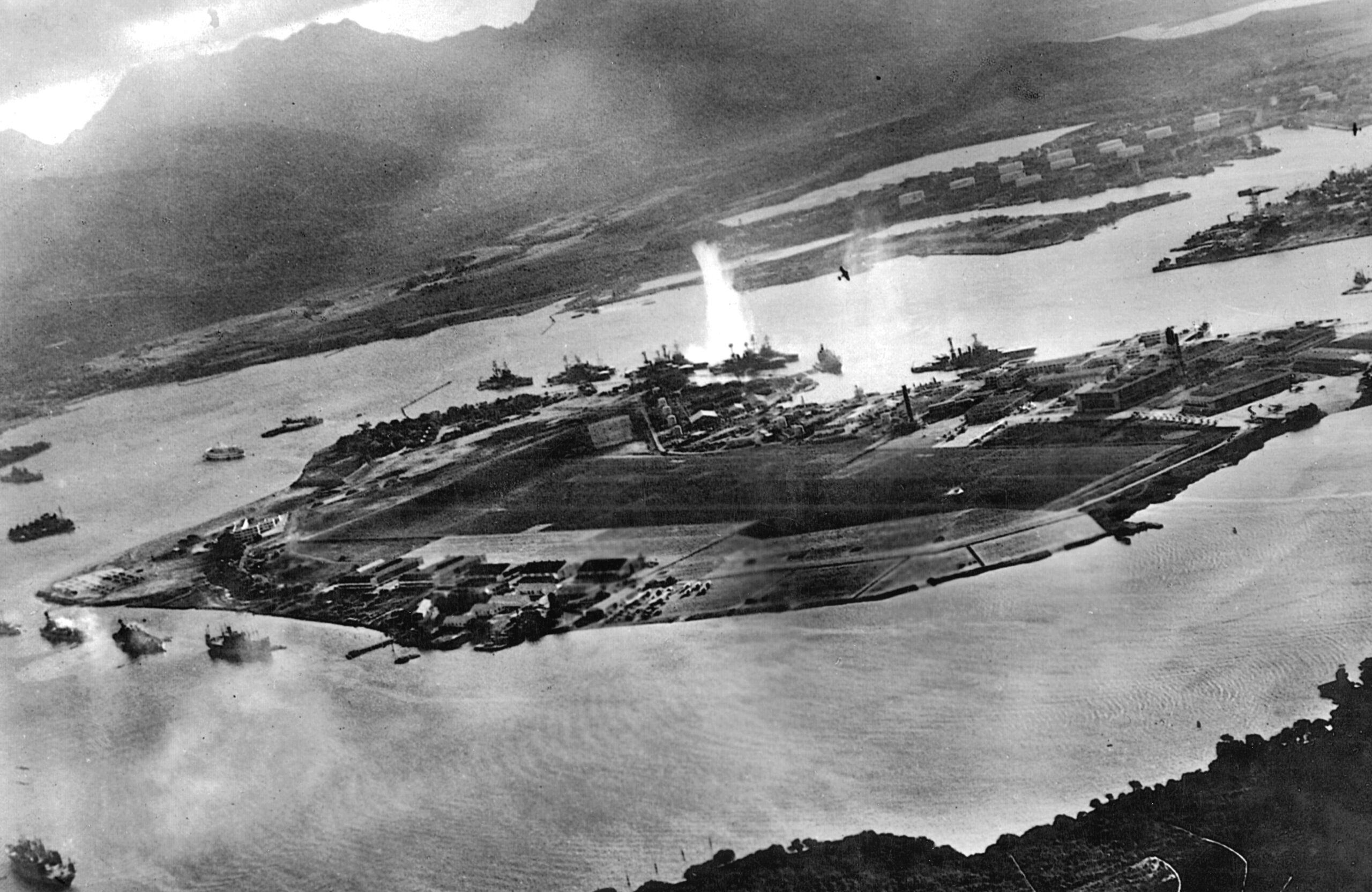
Join The Conversation
Comments
View All Comments